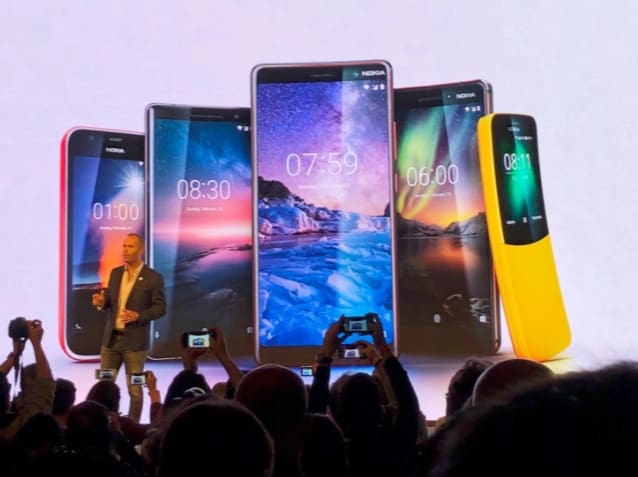
Earlier this year, Microsoft announced plans to become carbon negative by 2030. But the company isn’t just looking at its emissions. Today, it unveiled its plan to be “water positive” by 2030, too. By that, Microsoft means it will replenish more water than it consumes.
To replenish water sources, the plan includes actions like investing in wetland restoration and removing impervious surfaces like asphalt. Microsoft will focus on highly stressed water basins near its operations.
Reducing water consumption is also a focus. At the company’s new Silicon Valley campus, 100 percent of the site’s non-potable water will come from onsite recycling sources like rainwater collection and waste treatment. That could save as much as 4.3 million gallons of potable water each year. At other campuses, Microsoft will use recycled water for landscaping, plumbing and tower cooling.
Microsoft says it will use its tech to help individuals and governments better understand their water consumption. And the company plans to partner with NGOs to make sure underserved communities have access to clean drinking water.
Big tech companies like Microsoft and Google have set lofty emissions reduction goals, but this dedicated focus on water consumption is a newer trend. In July, as part of its first ever sustainability report, Facebook said it’s trying to improve water usage, too. It plans to use less water for cooling its data centers and to restore about 206,000 cubic meters of water annually. As companies get closer to erasing their “carbon legacies,” perhaps more will focus on water.
























